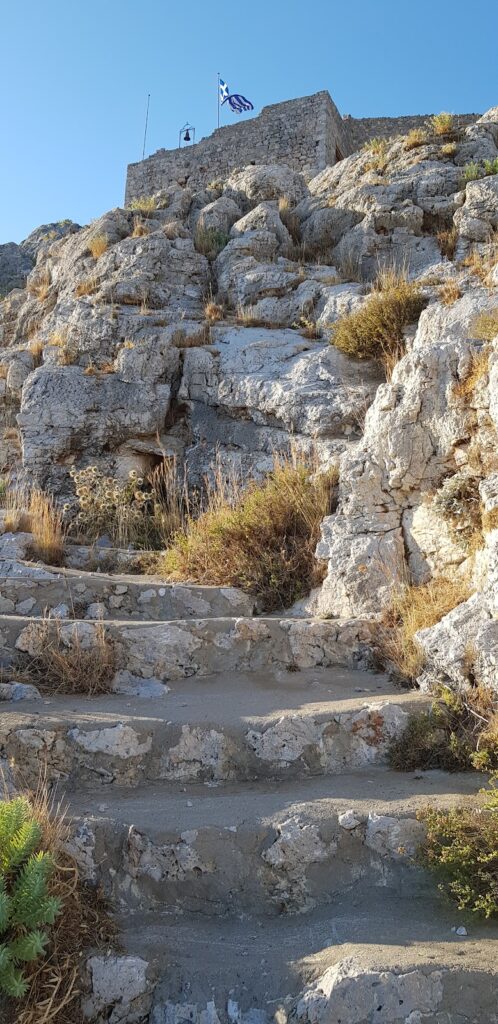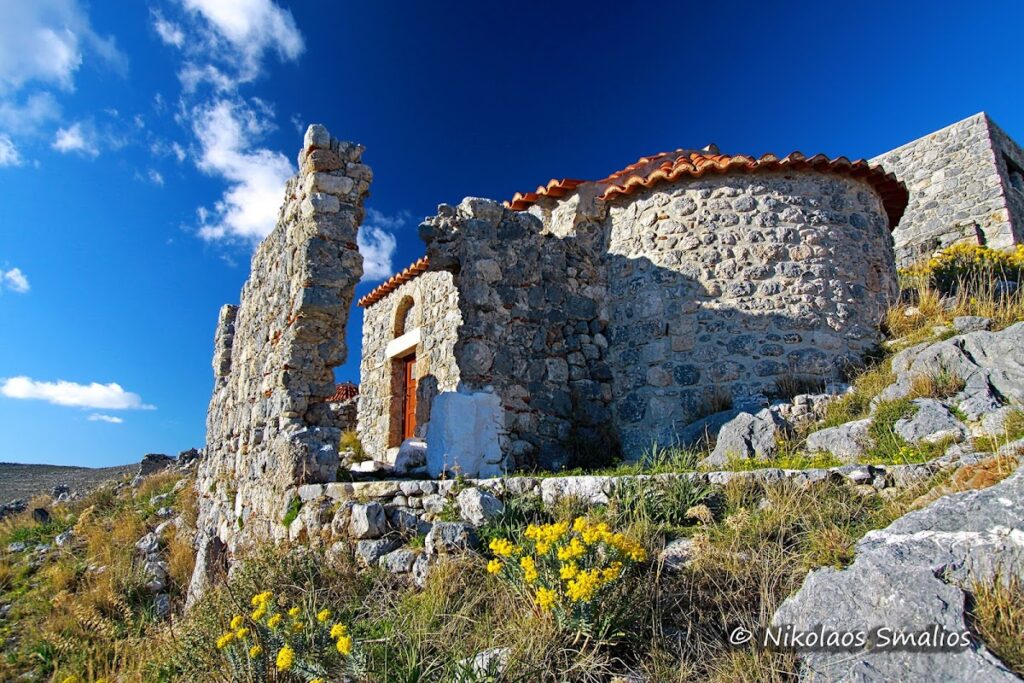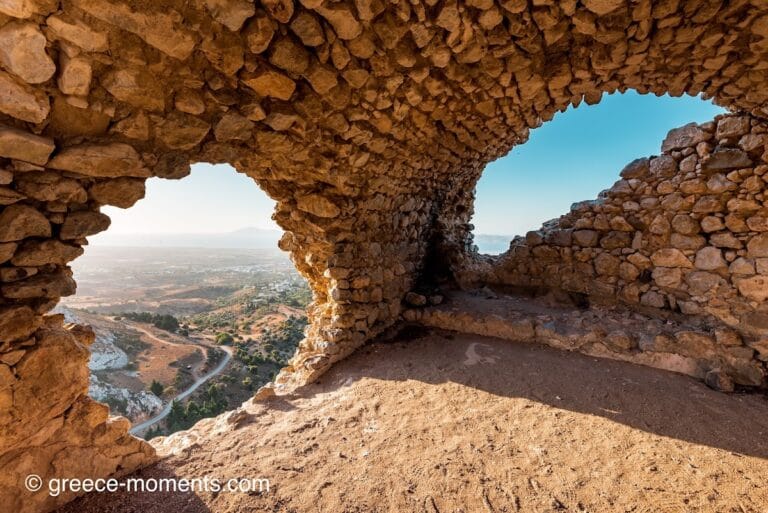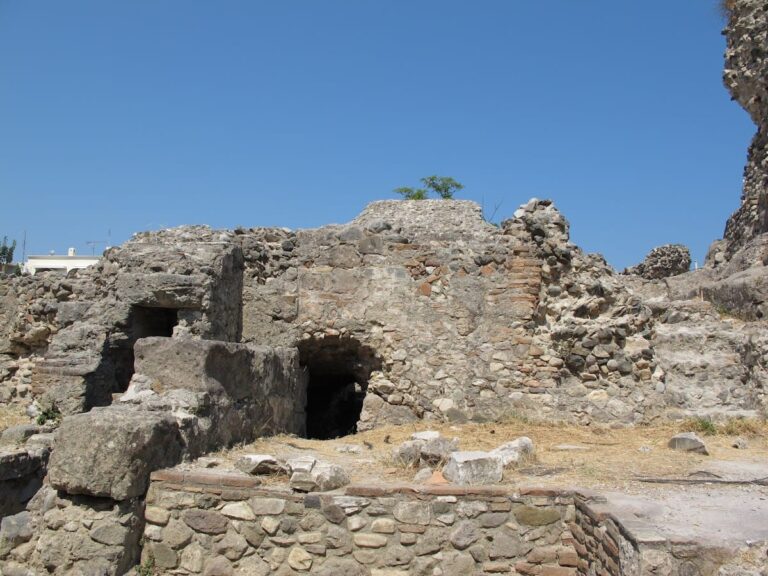Castle of Chora, Kalymnos: A Byzantine and Knights Hospitaller Fortress in Greece
Visitor Information
Google Rating: 4.4
Popularity: Low
Google Maps: View on Google Maps
Official Website: www.kastra.eu
Country: Greece
Civilization: Unclassified
Remains: Military
History
The Castle of Chora is located on the island of Kalymnos within the municipality of Kalymnos in Greece. It was initially erected by the Byzantine Empire in the 11th century to guard against Ottoman pirate raids originating from Izmir, serving as part of a network of maritime lookout points in collaboration with watchtowers positioned on surrounding elevations.
Before the Byzantine construction, archaeological discoveries at the site reveal human presence dating back to the Classical, Hellenistic, and Roman Imperial times, indicating that the location held strategic or communal importance long before the fortress was built. The castle saw considerable enlargement in the mid-15th century, between 1433 and 1453, under the direction of Fantino Quirini, a knight who reinforced its defenses.
In 1492, an earthquake caused extensive damage to the fortifications. Following this disaster, the Knights Hospitaller assumed responsibility for repairs and improvements, which were completed over approximately three years. The Knights maintained control of the castle until the Ottoman Empire captured it in 1523. During their tenure, the Knights allowed civilians to reside within the castle walls, provided they paid a fee to the castellan, the official who managed the fortress. This policy encouraged a growing settlement inside the fortification, leading to the construction of houses and several churches.
Further defensive upgrades were made during the rule of Grand Master Fabrizio del Carretto, between 1513 and 1521. These included erecting an additional tower on the eastern wall and building two substantial water reservoirs centrally located within the castle’s enclosure. After the Ottoman conquest, the castle remained under Ottoman dominion until 1912. It continued to be inhabited throughout this period, though beginning in the 17th century, residents gradually moved out to nearby communities such as Chora and Pothia.
Remains
The Castle of Chora occupies about 30 hectares on a hill 255 meters above sea level, directly facing the nearby Castle of Chrysocheria. Its fortifications consist of sturdy stone walls that vary in height; the western side benefits from steep cliffs and requires walls only about one meter high, while on the southern face, walls reach up to 7.5 meters in height and measure roughly 1.5 meters thick. This construction technique combined natural topography with manmade defenses to protect the stronghold effectively.
Entry to the castle was fiercely controlled, with primary access granted by a single double gate on the southern side, reinforced by a drawbridge. A secondary entrance once existed on the eastern side, though it has since been sealed with stonework. The southern and eastern walls are fortified with towers designed to accommodate cannon fire, and embrasures—small openings for firing rifles—are set into the walls, complemented by battlements that provide protection for defenders.
Visible on the castle walls are carved marble coats of arms belonging to the Knights Hospitaller, dating from 1514 and 1519. These emblems attest to the castle’s appearance during their governance, which experienced only minor alterations under Ottoman control afterward. Within the walls, the remains of an olive oil mill reflect the economic activities that supported its inhabitants. Visitors can also find the foundations of two large water reservoirs installed during the Knights’ period, which helped sustain the castle’s population estimated between 1,200 and 1,500 people.
The site includes numerous small residential structures clustered inside, along with the ruins of ten churches, highlighting the spiritual life of the community living there across different eras. These features collectively reveal how the castle functioned not only as a military bastion but also as a complex inhabited settlement through centuries of change.










